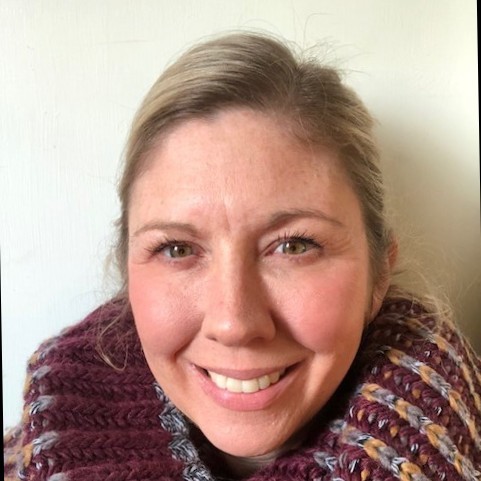Microfluidic multiplex devices are used in the analysis of protein biomarkers, biological characteristics that let researchers measure and evaluate normal biological, pathogenic, or pharmacological processes. Microfluidics, the manipulation of small volumes of fluid and flow, is used widely in point-of-care (POC) devices for clinical diagnostics and supports multiplexing, the quantitative measurement of multiple protein biomarkers for complex lab procedures involving cancer or COVID-19. In the case study we will learn how two students at UC Berkeley are 3D printing molds for COVID-19 testing.
Multiplex Sensing for COVID-19
Recently, Boston Micro Fabrication (BMF) met with Christos Adamopoulos, PhD Candidate and Asmaysinh Gharia, Researcher at UC Berkeley who were looking for an alternative method to produce molds for multiplex microfluidic devices that can be used in the fight against COVID-19. These POC devices are equipped with a sensor and can be used to perform a traditional antibody test for patients who are infected. To limit the spread of virus, however, there is a pressing need to detect infection at a very early stage through viral RNA analysis.
With microfluidic multiplex devices, a single chip can be used for many different types of tests. For example, some microfluidic channels can carry antibodies while others are allocated for detecting viral RNA. With lab-on-a-chip (LOC) technology, automation and high-throughput screening can then support the rapid, large-scale testing that is needed for the diagnostic response to the virus. Yet there are design and manufacturing obstacles to overcome with traditional fabrication methods for microfluidic devices.
Smaller Channels + Less Iterative Steps
In the past, UC Berkeley would use photolithography to create their molds. There are some downsides to this approach, however, including complex alignment steps and multiple exposures. Moreover, this traditional fabrication technique requires many more iterative steps and can only produce features with the same height and on the same plane.
Christos and Asmaysinh were initially impressed with the ultra-high resolution and tight tolerances BMF’s technology can achieve, as the accuracy and precision of these 3D printed molds is especially important. The microfluidic multiplex devices currently use 100µm channels and they wanted to make even smaller channels with a higher density. After running some test parts with BMF on their 10 micron resolution microArch S140 3D printer, they discovered it was possible to produce features and channels down to 50um and still have the layers align accurately. They can now fit eight channels instead of five onto the same footprint and can scale-up device complexity without a scale-up in labor. Christos and Asmaysinh believe it will be possible to fit 20 channels on a single chip using BMF’s micro-precision 3D printing technology.
In addition to the design freedom, there is a time savings, too. With photolithography, the researchers would have to wait a week or more for shadow masks, metal plates with tiny holes that are made by photochemical machining. Although there is some post-processing with micro 3D printing, the post-cure and cleaning step is worthwhile because it produces molds that release the PDMS material more cleanly. Overall, the time savings is significant enough that it takes just a few days instead of several weeks to get the molds that are needed.
“Because our design includes silicon photonics on a chip and working circuits the integration between photonics, microfluidics and circuits is critical. The ability to customize our microfluidics while using “off the shelf” photonics and electronics is saving us tens of thousands of dollars per chip. Micro 3D printing reduces packaging costs and supports faster and less expensive design iterations.” Said Christos Adamopoulos, PhD Candidate, UC Berkeley.
Instead of outsourcing mold fabrication, Christos and Asmaysinh are now 3D printing molds in-house that save both time and money. They’ve increased device complexity from four sensing sites to 20 and can increase data throughput and quality for many tests on one chip. Using BMF’s PµSL technology, they have been able to 3D print a sandwich mold that provides multiple benefits. This two-part tool for micro injection molding ensures that small features align and reduces the number of steps and complexity.
To learn more about PµSL technology and micro 3D printing for microfluidics, contact BMF.

